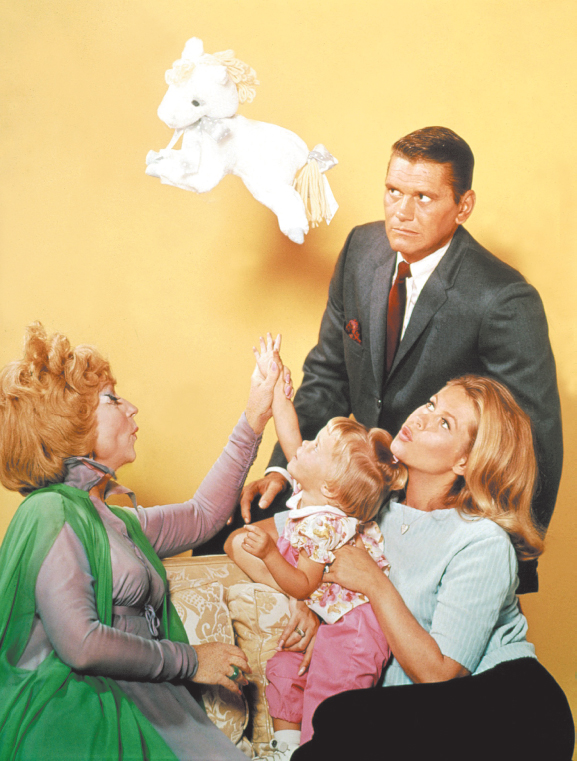Government Regulations Temporarily Restrict Network Control

By the late 1960s, a progressive and active FCC, increasingly concerned about the monopoly-like impact of the Big Three networks, passed a series of regulations that began undercutting their power. The first, the Prime Time Access Rule (PTAR), introduced in April 1970, reduced the networks’ control of prime-time programming from four to three hours. This move was an effort to encourage more local news and public-affairs programs, usually slated for the 6–7 P.M. time block. However, most stations simply ran thirty minutes of local news at 6 P.M. and then acquired syndicated quiz shows (Wheel of Fortune) or infotainment programs (Entertainment Tonight) to fill up the remaining half hour, during which they could sell lucrative regional ads.
In a second move, in 1970 the FCC created the Financial Interest and Syndication Rules—called fin-syn—which “constituted the most damaging attack against the network TV monopoly in FCC history.”17 Throughout the 1960s, the networks had run their own syndication companies. The networks sometimes demanded as much as 50 percent of the profits that TV producers earned from airing older shows as reruns in local TV markets. This was the case even though those shows were no longer on the networks and most of them had been developed not by the networks but by independent companies. The networks claimed that since popular TV series had gained a national audience because of the networks’ reach, production companies owed them compensation even after shows completed their prime-time runs. The FCC banned the networks from reaping such profits from program syndication.
The Department of Justice instituted a third policy action in 1975. Reacting to a number of legal claims against monopolistic practices, the Justice Department limited the networks’ production of non-news shows, requiring them to seek most of their programming from independent production companies and film studios. Initially, the limit was three hours of network-created prime-time entertainment programs per week, but this was raised to five hours by the late 1980s. In addition, the networks were limited to producing eight hours per week of in-house entertainment or non-news programs outside prime time, most of which was devoted to soap operas (inexpensive to produce and popular with advertisers). Given that the networks could produce their own TV newsmagazines and select which programs to license, however, they retained a great deal of power over the content of prime-time television.
With the growth of cable and home video in the 1990s, the FCC gradually phased out the ban limiting network production because the TV market grew more competitive. Beginning in 1995, the networks were again allowed to syndicate and profit from rerun programs, but only those they produced. The elimination of fin-syn and other rules opened the door for mega deals (such as Disney’s acquisition of ABC in 1995) that have constrained independent producers from creating new shows and competing in prime time. Many independent companies and TV critics have complained that the corporations that now own the networks—Disney, CBS, News Corp., and Comcast/GE—have exerted too much power and control over broadcast television content.